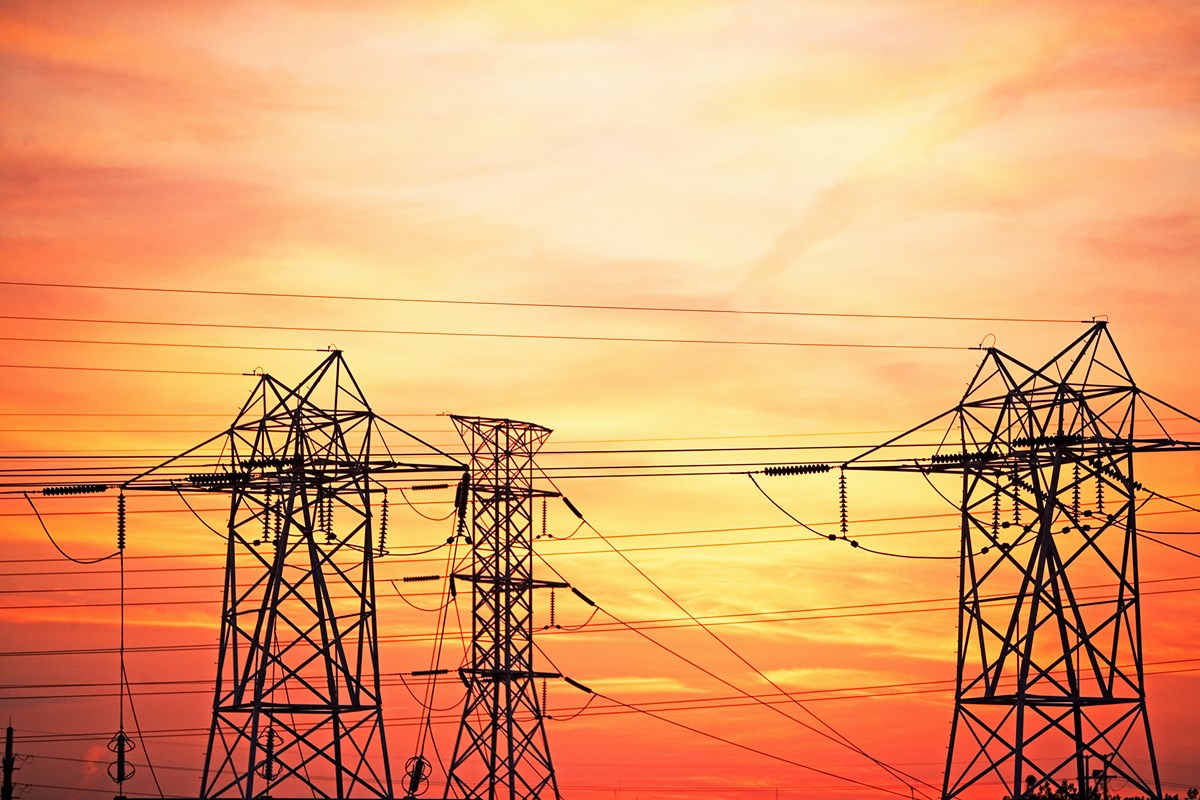Optimising your DER and LV network management strategy
-
29 May 2019
-
EA Technology

For many years now, the design features of utility-scale low voltage networks sought to make a simple value proposition to customers which was cheap, simple and reliable. This approach worked well because customers only needed simple network capabilities and the cost efficiencies were passed on to them through low bills.
All evidence now points to the fact that decarbonisation of power, heating and transport is going to change the value proposition that LV networks have to make to users. In the future, stakeholders are going to expect that owners of LV networks optimise their strategies to consider three key value headings, all at once. The values are:
- Network Access
How the LV network facilitates access for Distribution Energy Resources (DER), such as electric vehicles or domestic generation, to the wider energy market. If done well, this will enable DER to help reduce wholesale electricity costs and accelerate decarbonisation. If done badly, DER will be underutilised behind network limitations.
- Network Cost
Does the LV network capability facilitate the lowest whole system cost across all customers, not just those with DER. If done well, this will enable a society to pursue the least cost path to de-carbonisation without penalising the poorest in society. If done badly, those least able to pay may end up funding inefficient investments.
- Quality
How is the quality and reliability of supply maintained? Regardless of the urgent imperative to decarbonise, we believe customers will still expect to receive voltages that are acceptable and the network to be available when they need it.
So whilst it is understood how LV networks can influence the value proposition made from a utility to its customers, it is much harder to decide and justify what is the best way to achieve those strategic aims.
For example:
– Simply limiting the amount of power that DER may import and export is a cheap solution for the network owner but often expensive for society.
– Choosing to rebuild large volumes of the LV network would enable large quantities of DER to be connected but represents a large capital programme which would be reflected in electricity bills.
– Allowing large volumes of DER to be connected without limit or network investment would have a consequential effect on power quality experienced by customers.
– An alternative approach might be to make a large investment in a Distribution Energy Resource Management system (DERMS) which controls all DER on the network. But would the benefits stack up against the costs?
So the question becomes, how can a utility convince its stakeholders that it has identified the right balance of curtailment and investment to benefit society and then secure the funding needed to implement it? For example, a DERMS platform may seem like a magic bullet, but stakeholders are often sceptical of large IT projects and would like to see evidence of the value that they bring and the financial risk that they carry.
EA Technology has developed a process which enables an entire population of LV networks to be modelled across multiple customer growth scenarios. This process allows utilities to take their network for a test drive to investigate how the optimum approach to achieving strategic aims alters from scenario to scenario. This allows a compelling case to be built which can be used to explain to your customers how your plans help them achieve their aims.
Elaine Meskhi will be presenting:
‘An evidence-based approach to determining an LV management strategy that best accommodates DER uptake’
at 8:30 am on Thursday 27th June at the EEA conference in SkyCity, Auckland.
